Author - Ilan Tal,Business Development Manager - Global Ecosystem & Channel Readiness
With the acquisition of TopManage and SAP Business One, SAP could reach the huge market potential of small businesses as well as subsidiaries of its global customers that were looking for an easy to implement and use software solution. The new SAP product, addressing the needs of small businesses helped SAP in changing the market perception that SAP products are only for big companies, with long and complicated implementations – and unable to address the needs of small companies.
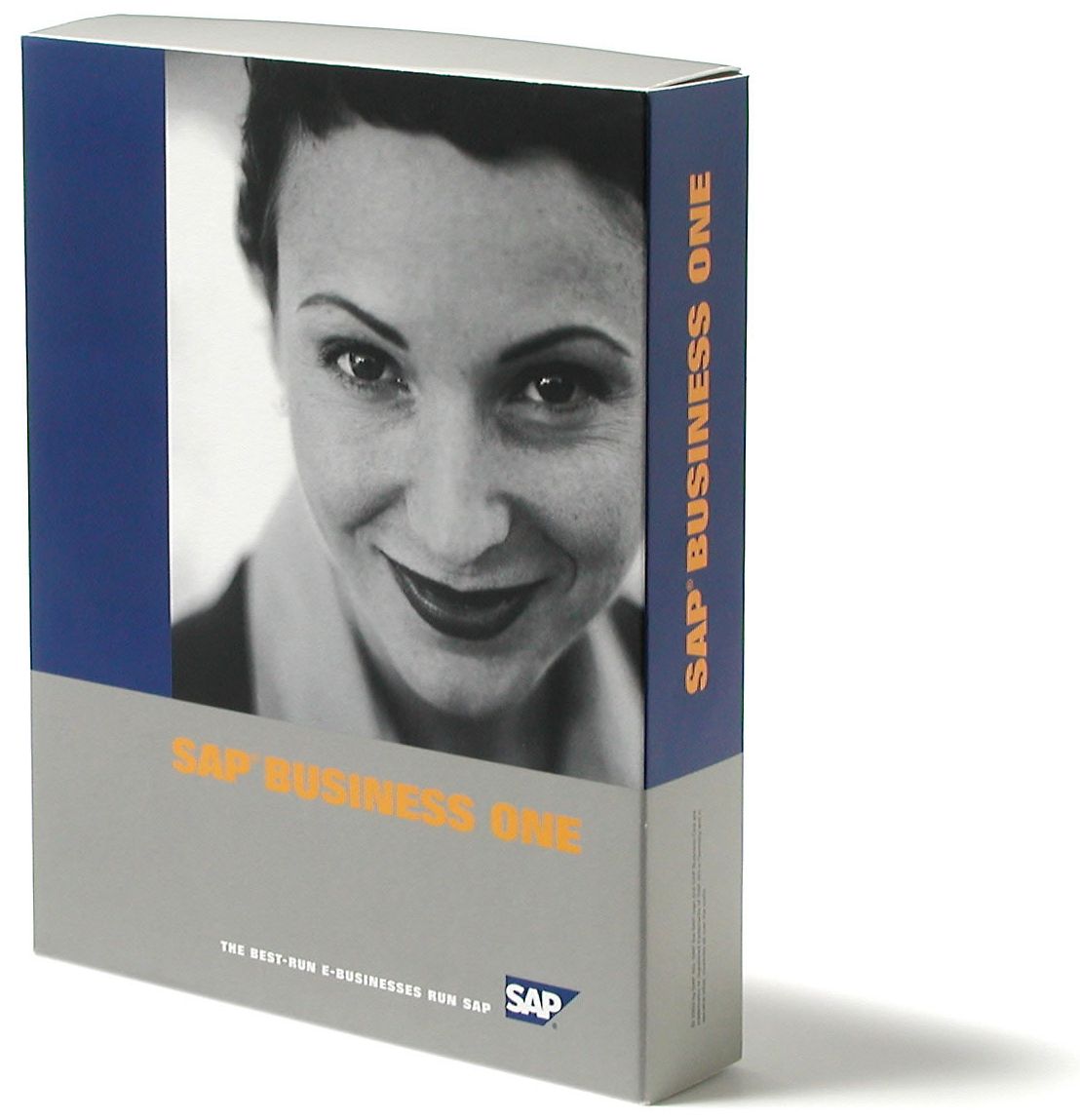
Immediately after the acquisition, development and sales organizations started the process to bring the new family members to become familiar and adapt to the internal processes, guidelines and work environment, while keeping the innovative spirit of the start-up. The combination of a well-established, known corporate culture and adventurous start-up had to overcome challenges, but soon both sides found the golden middle.
The big dilemma
The mid-market development team, headed by Christoph Behrendt, decided to continue developing the product in Israel under the service and support organization, making sure that the product remained simple and not become influenced by SAP ERP. The local team continued to develop on Microsoft visual studio.net, a non-SAP development environment, while step by step getting used to the internal SAP development process.
And so, with no brand awareness of the market regarding SAP Business One, the dilemma was where to focus and invest? More localizations? Improve the core product? Aim towards specific industries, or subsidiaries of large enterprises which are SAP’s home ground?
From one side, there was a need to provide more depth to the product, improve existing functionality and infrastructure, while taking care of the quality standards of SAP products. And from the other side, there was a growing demand from the SAP board and countries to provide more and more localizations since with the SAP heritage, 50 country localizations are the norm.
Localization of business software is more than just translating texts. It means producing software that encodes the diversity of languages, laws, reporting and business practices for a specific country. It includes reformatting dates and times, translating help files, manuals, and texts on the user interface.
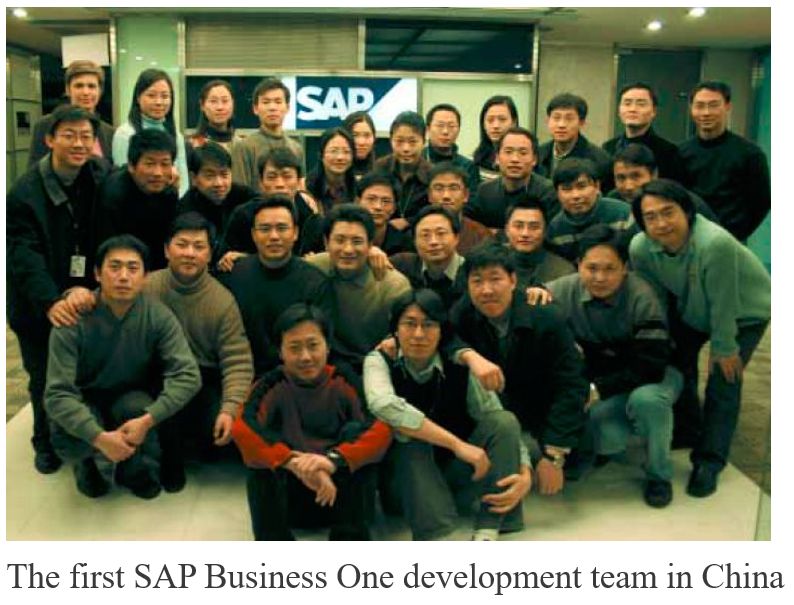
One of the solutions to scale up the existing development resources was to separate the product to 3 regional versions called clusters. Each cluster development team specialized in its regional countries and developed the version based on input coming from the SAP Business One local product experts (SAP employees responsible for product matters, localization and partners’ enablement in a country)
The regional versions were:
- Cluster A - Developed in Israel and Germany for West Europe & America
- Cluster B - Developed in China for Asia pacific
- Cluster C - Developed in Slovakia for East Europe countries.
This was a distribution of resources enabling each cluster to specialize in smaller number of countries and release the product to the market (generally A cluster was the first to market). In the end, the decision was to avoid more localizations, focus on the product quality and shift SAP Business One from business application to business platform.
The evolution of the platform
Selling through indirect channel partners around the globe to many industries with various requirements, meant that the product had to come with strong core product functionalities, a set of development tools and integration around the core product. A Need for such software development tools and integration capabilities raised already during the acquisition process and later from American Express that was then the main distributor of SAP Business One in the USA, this vision was a game changer compared to competitors that did not allow many changes in the product.
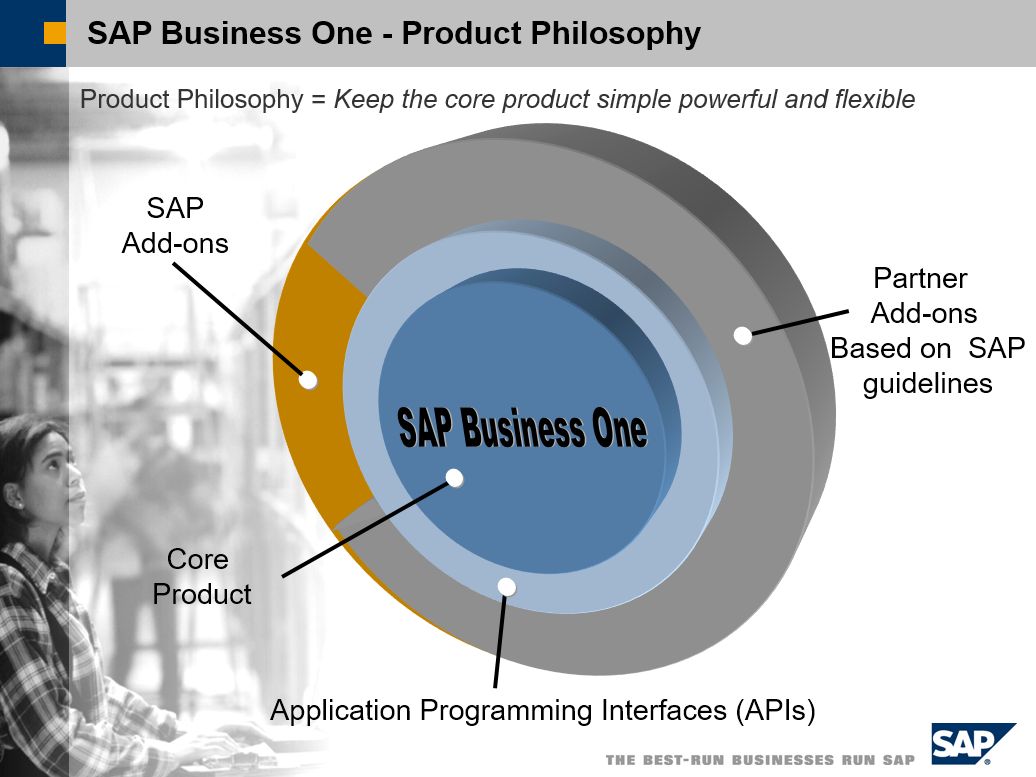
Within a few months, development created the basic tools and positioned them as Software Development Kit (SDK). In principal, the source code of SAP Business One is not accessible by third parties to guarantee a “single Version” with improved stability and functionality. The SDK enabled partners and customers to enhance and extend SAP Business One as well as to integrate external solutions based on standards and guidelines to meet the business logic requirements of the system.
With the SDK, using Application Programming Interfaces (API’s), partners could:
Tailor made solutions and integration – Using the Data Interface Application Programming Interface (DI-API) to fit the customer specific requirements by adding modules, functionalities, features and modifying the business workflow of the product and create real-time links between SAP Business One and external applications.
Change the user interface – Using User Interface Application Programming Interface (UI-API), developers can modify SAP Business One by creating new windows, redesigning existing windows, adding menus, or adding dialog boxes.
With this set of development tools, the partners could use the core product as a platform, integrate industry add-ons developed by them and increase market reach and revenues.
At the beginning of 2004, SAP announced the launch of the SAP Business One Solution Partner Program, a global network of certified partners to develop new capabilities and product extensions for SAP Business One. Under this program, solution partners started to develop applications that add new business processes and industry-specific functionality to SAP Business One solutions. The success of this is reflected by the more than 200 solution partners with more than 600 solutions integrated to SAP Business One today.
Building the channel
Large companies, especially in software, tend to have ecosystems built around them. Once SAP acquired SAP Business One, it was clear that the product would be sold by an ecosystem of indirect channel partners.
Partners are responsible for selling solutions, for providing customers with training and first level support. Local partners were therefore essential for SAP – the goal was to keep the focus on the local market and its requirements and this could be done by recruiting the right partners who are familiar with local and legal topics and in the business mentality of each country.
The channel business was not in SAP’s DNA at that time. So, how did SAP find partners in new markets? First, there were already experienced mid-market partners in the countries and regions implementing SAP All in One. Then the business contacts of the SAP field organization that had local knowledge of potential partners. In addition, SAP tried and succeeded to find partners that sold comparable solutions.
The Selection criteria for potential partners were - Experience in selling business applications, Experience in project management, Minimum of 10 employees covering sales, service, marketing etc. Solid financial situation and Installed base. After a year or two some of the partners left and the recruitment of new partners became more focused and professional.
By mid of 2005, SAP changed the way of engaging with its partners and created the SAP PartnerEdge program to deliver a complete business framework that provided partners with the support they need to deliver customer value.
The program elements included:
- More transparency to SAP’s plans in SAP PartnerEdge Internal Information Area.
- A three-tiered format providing exclusive benefits and recognition to partners of virtually all sizes and types: Gold, Silver and Associate.
- The unique SAP PartnerEdge Value Points system, recognizing and rewarding partners for sales, solution development and building their capabilities.
- A set of business-enabling systems and resources.
Today there are 700 value-added resellers (VAR’s) and 250 service and solution partners (SSPs) taking care of 55,000 SAP Business One customers.
The transition
The transition from a small company to being a part of a global, well known company with a reputation like SAP’s, was a big change for the employees and the product. The knowledge and experience became the basis of the product that will serve SAP’s efforts to penetrate the target market of small and midsize companies around the world.
The operation of the company changed, and increasingly one’s manager is not the person in the next room, but somebody who lives thousands of kilometers away and therefore not always directly accessible. Your team could also be far away, speaking different languages in another time zone and cultural mentality, using terminology you sometime don’t understand.
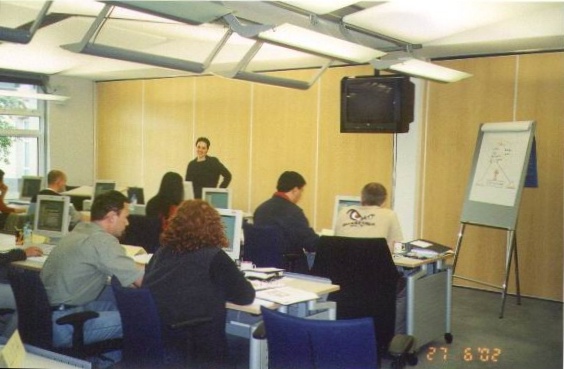
The knowledge transfer of the product became one of the first priorities and the support trainers, Keren Erez and Idit Saguey, were busy traveling and conducting train the trainer workshops to speed up the process. The documentation that was written mainly in Hebrew, English and Spanish needed translation to more languages, but despite the big efforts some countries started to implement the product using other languages as a stop gap.
The development organization had much more responsibility than in the past, and increasingly the ripple effects of changes were much bigger and influenced users in many countries.
The internal processes in the development changed from a simple quality assurance of the product to processes on a country level, as SAP terminology increasingly took over.
Internal SAP development processes like Language acceptance test - Country Approvals for default values, Layouts of documents and reports as well as user interface, Acceptance test – to assure that the new releases comply with market requirements and meet SAP quality standards. Ramp up –introduction to the market with extra attention to the early customers and collecting their feedback for improvements and many other processes became standard during the development life cycle.
Today, SAP Business One is well recognized brand within the mid-size market, it has more than 55,000 customers with almost a million users in 165 countries, used by thousands of of global companies’ subsidiaries.
To read the previous chapters please click - Chapter 1 , Chapter 2, Chapter 3 , Chapter 4 , Chapter 5
If you have any questions about the topics discussed in this blog or general SAP Business One queries then






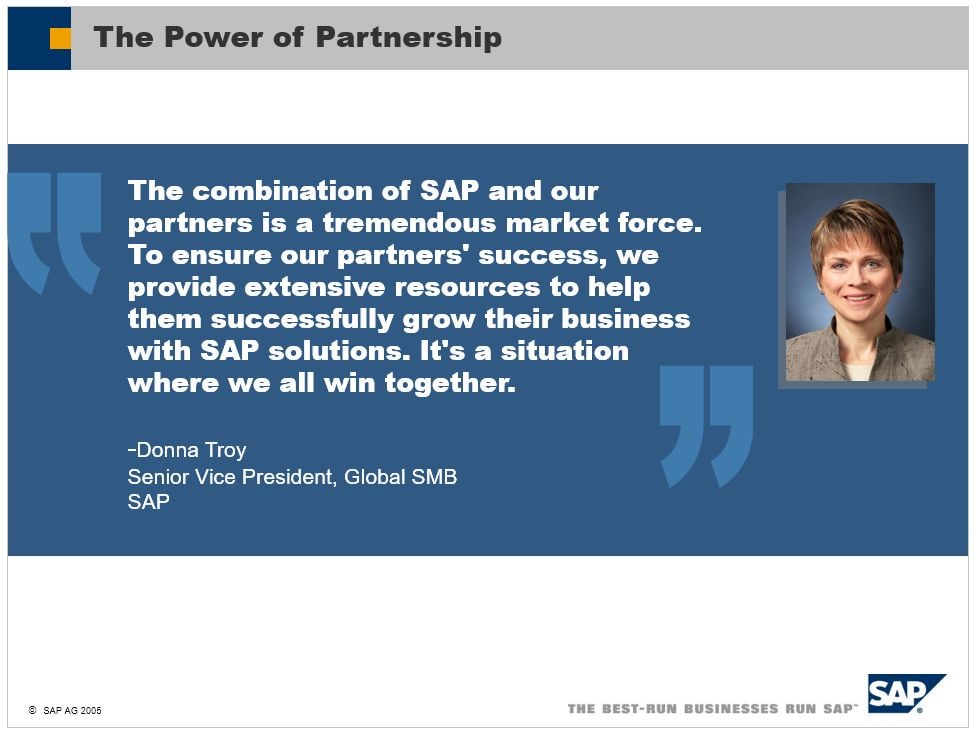
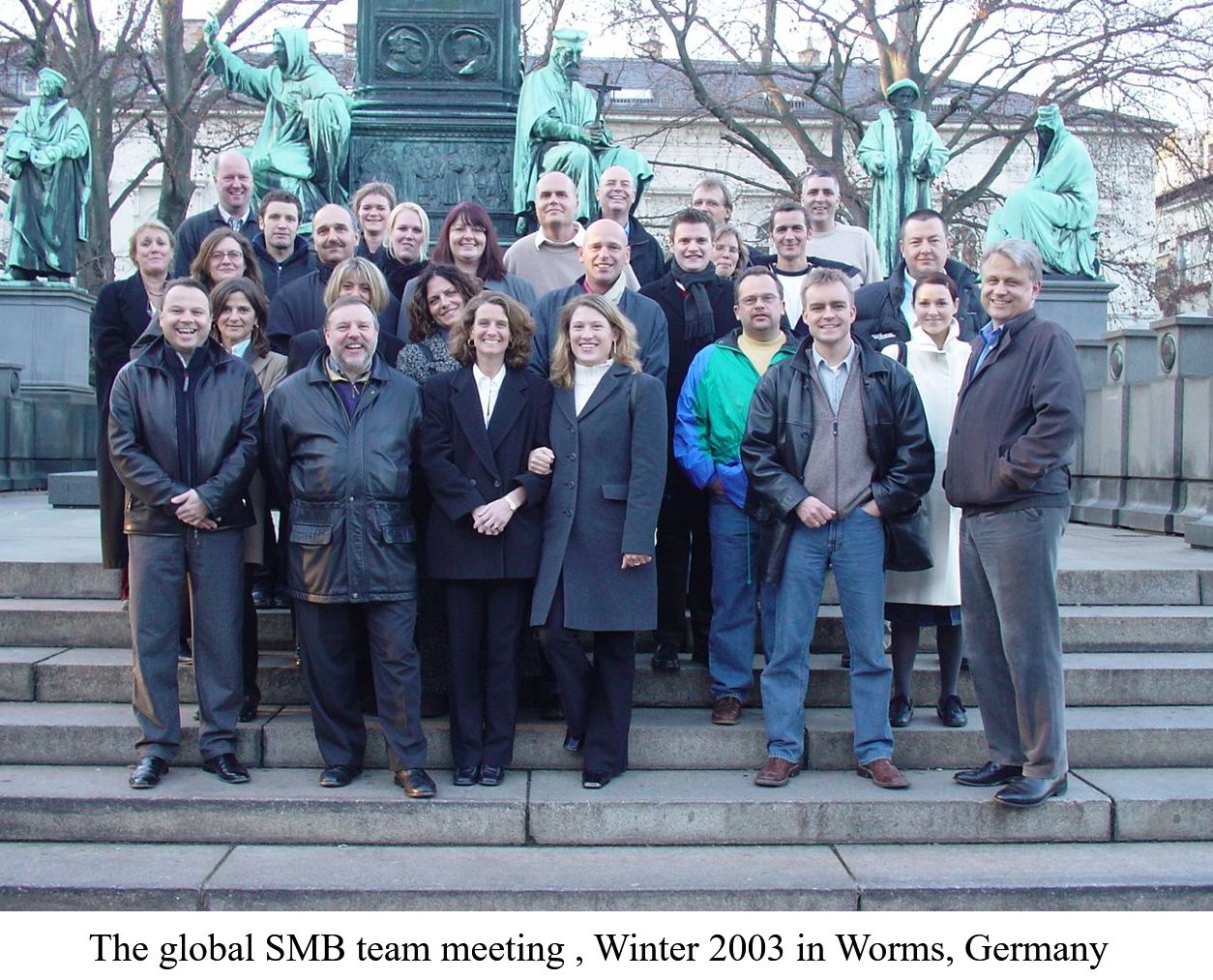
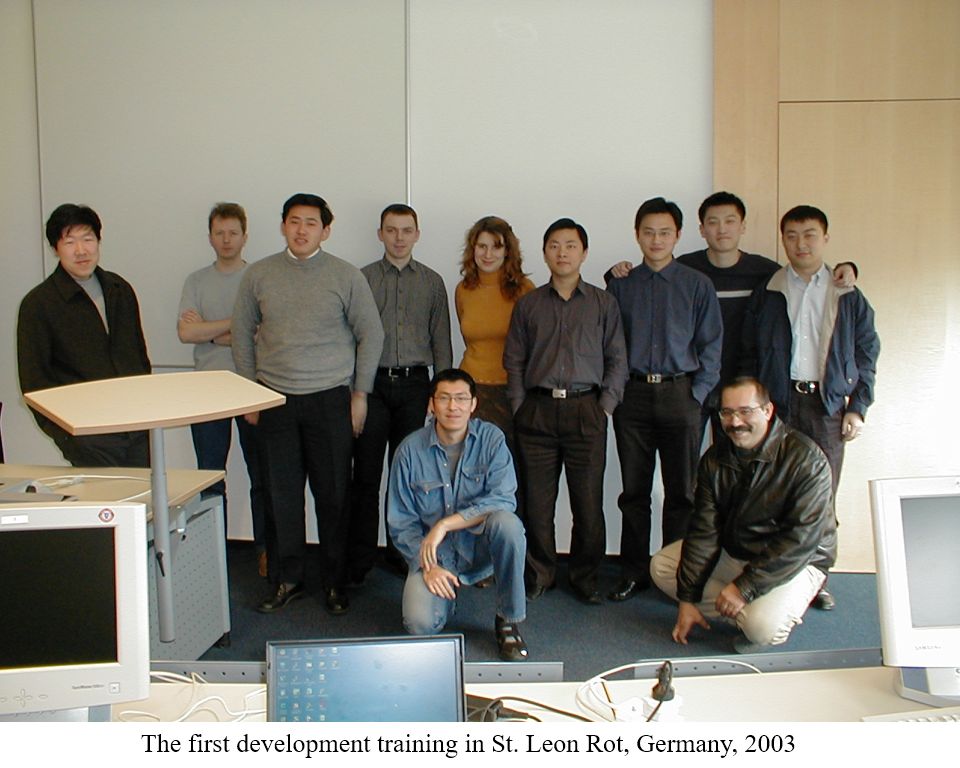

Leave a comment